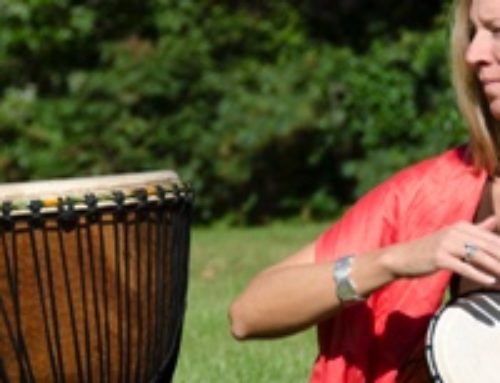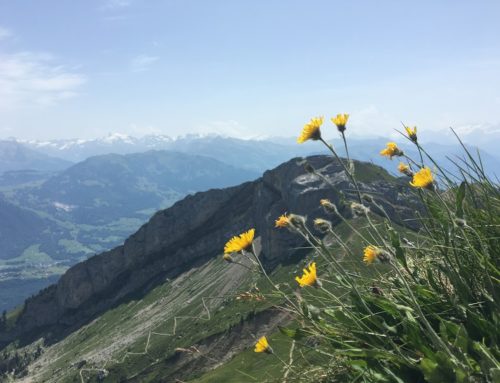Yoga Sutra 1.2 Yoga is the control (nirodhah, regulation, channeling, mastery, integration, coordination, stilling, quieting, setting aside) of the modifications (gross and subtle thought patterns) of the mind field.
(read more on www.swamij.com)
Recently in class and in this blog, I have been sharing some of the Yoga Sutras. I will continue on with Yoga Sutra 1.2, which represents almost a daily reminder of my own mind field.
Originally chitta is the unconscious storehouse or reservoir of all impressions, and the function or ability of the mind to store. It is one of the four functions of the mind (manas (the senses), buddhi (inner wisdom or intellect) and ahamkara (ego or the ability of the mind to take on identities “mine””I”)). All four of these aspects of the mind work together but are stored in the chitta. Memories, impressions, emotions, attractions, aversions, habits, perceptions, etc. are all there and sometimes they can get stuck in the thoughts in which we think make us up. We think we are all that but there is more. And if we can quiet the active conscious part of the mind, the unconscious sleeping part of the mind will awaken to create a connection with truly who you are.
We all may well aware of the term ‘Monkey Mind”, which actually dates back to Buddha. From Chinese xinyuan and Sino-Japanese shin’en 心猿 [lit. “heart-/mind–monkey“], is a Buddhist term meaning “unsettled; restless; capricious; whimsical; fanciful; inconstant; confused; indecisive; uncontrollable” (Wikipedia). Trying to reign in a monkey as it bounces from tree limb to tree limb, is not an easy task but we all have had moments of clarity and connection.
All pretty heady stuff. But think back on a time or even presently, how you felt when you have a lot going on and your mind is racing, you multitask, you juggle various aspects of your life but you are not all in. This is how chitta can go awry and create a disconnect to others and ourself. Now reflect on a time when you really felt connected, deep down. Were you focused on one thing? Maybe you felt really creative or a deep attachment to another person, a pet, a place. I recall such a time when the Buddhist monks (November 10th Blog) created the mandala at the studio. I felt such connection up in the Moyo loft for that week while the monks placed grains of colored sand on a board. We were all there together with the singular intention to witness this loving act. I felt closer to the Moyo community and to the complete strangers who visited the studio. And there were times viewing the mandala, where I felt a deep connection with myself. I carry that as a seed within me to pull up when I need it.
What tools do we have from our yoga toolbox that can tame our monkey mind, honor our chitta and connect on a deeper level to ourselves, others and the divine? Journal what they might be. I have ideas and practices that I use but would love to hear your comments on what you would use. The skys the limit.
The Poses
Side Lean
Grounding Version – extend legs so that feet touch the wall. Add extra blankets or bolster along spine to support your back. Cover with a blanket for extra comfort.
Supported Forward Fold at Wall
Grounded Savasana
Props: 2-3 blankets
Benefits: relaxes the nervous system, gentle stretch for chest, arms, shoulders, ease in breathing, grounding
Lay down on floor with feet touching the wall, arms comfortably by your side. Support head, neck, back and knees with additional blankets or pillows. Cover for extra grounding and warmth.






Leave A Comment